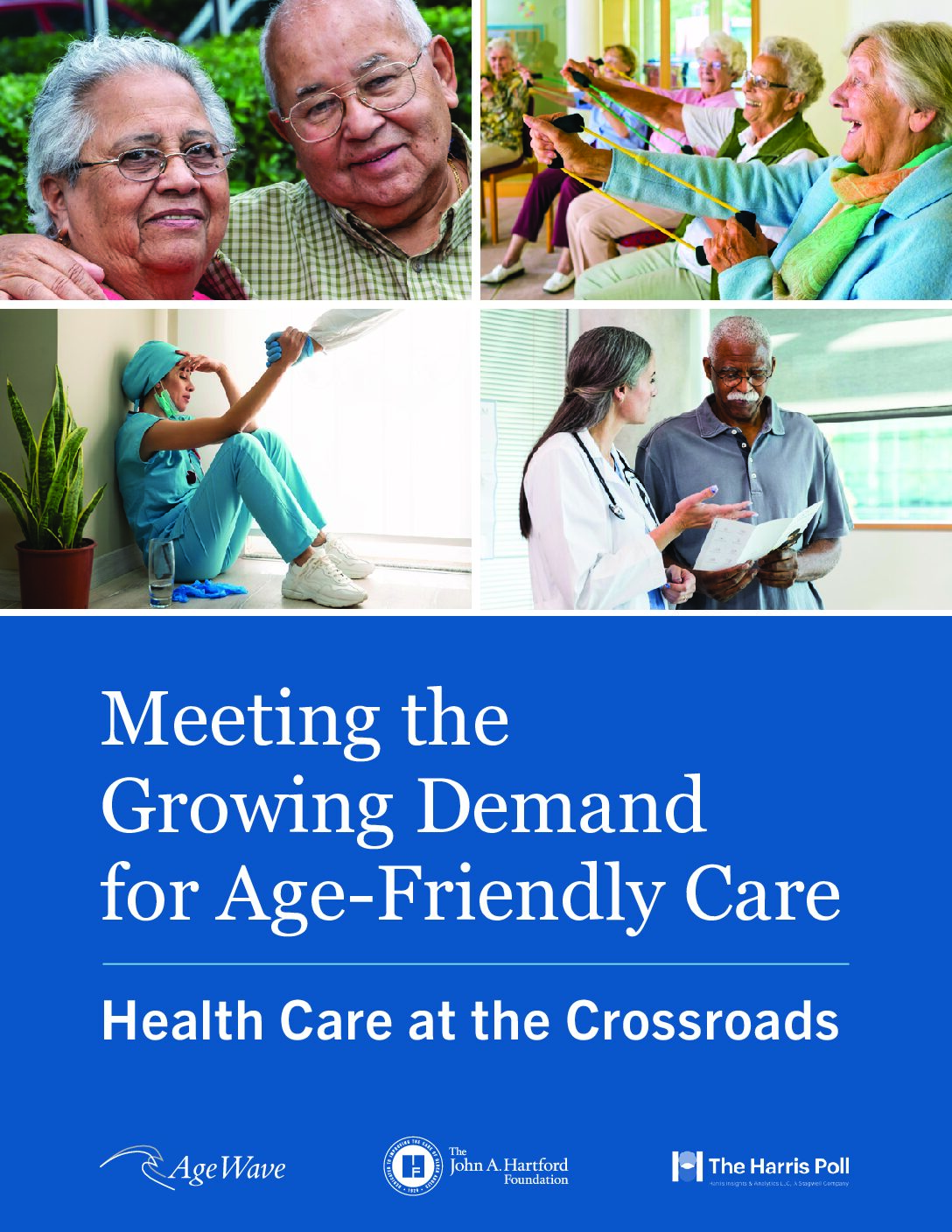Labor Supply Responses to Health Shocks : Evidence from High-Frequency Labor Market Data from Urban Ghana: World Bank Group Publications
By World Bank Group Publications, World Bank Group, World Bank, Heath Rachel, Mansuri Ghazala, Rijkers Bob
Workers in developing countries are subject to frequent health shocks. Using 10 weeks of high-frequency labor market data that were collected in urban Ghana, this paper documents that men are 9 percentage points more likely to work in weeks in which another worker in the household is unexpectedly ill. The paper provides suggestive evidence that these effects are strongest among very risk averse men, men in poorer households, and men who are the highest earners in their household. By contrast, women display a net zero response to another worker’s illness, even women who are the highest earners in their household.
Get the book here










